Summer may not be over yet, but neither is the national spike in COVID infections that can still be seen across most of the U.S. The national seven-day case average has risen to its highest levels since January, hitting 149,626 as of Aug. 23, according to data from The Washington Post. And while some experts are predicting that the states hit worst by the summer COVID spike may see their numbers begin to come down soon, other places are experiencing new surges of their own.
Despite the continuing rise in cases, some top officials have expressed confidence that we could finally see the pandemic brought to heel in the coming months. “If we can get through this winter and get really the majority—overwhelming majority—of the 90 million people who have not been vaccinated, vaccinated, I hope we can start to get some good control in the spring of 2022,” Anthony Fauci, MD, chief White House COVID adviser, told CNN’s Anderson Cooper during an Aug. 23 interview.
But Fauci explained that this timeline was a projection of hope and that more of the general population would have to get vaccinated to make it a reality. “As we get into the spring, we could start getting back to a degree of normality, namely reassuming the things that we were hoping we could do—restaurants, theaters, that kind of thing. It’s up to us,” he said. “If we keep lingering without getting those people vaccinated that should be vaccinated, this thing could linger on, leading to the development of another variant, which could complicate things.”
Read on to see which states are seeing the worst COVID surges of 35 percent or more over the past week as of August 23, according to data from The Washington Post.
RELATED: This Could Determine If You Catch the Delta Variant—And It’s Not Vaccination.
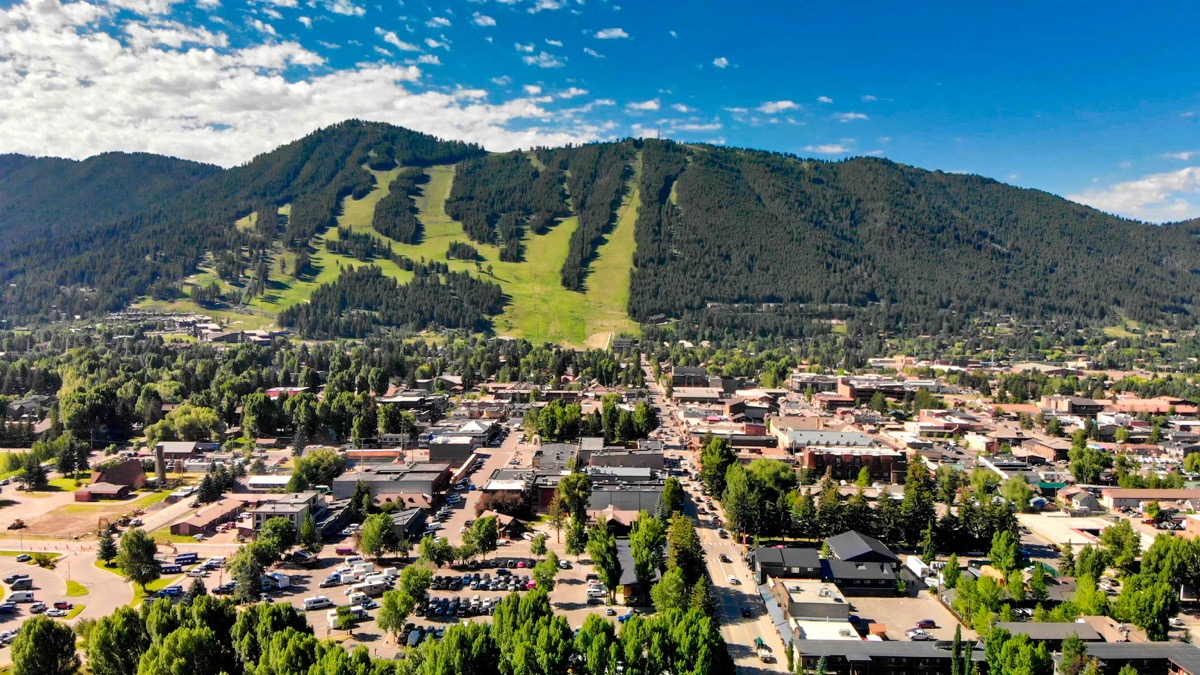

- New cases in the last seven days: 65 cases per 100,000 people
- Percent increase in the last seven days: 36 percent
According to data from the state’s Department of Health, Wyoming’s recent spike in COVID cases has led to a rise in hospitalizations, ballooning from 25 to 165 over the weekend. But those aren’t the only numbers going up: Vaccinations in the state also saw a 20 percent increase over last month, with more than 7,400 people receiving their first shot between Aug. 6 and Aug. 20, according to state data analyzed by the Casper Star-Tribune.


- New cases in the last seven days: 19 cases per 100,000 people
- Percent increase in the last seven days: 37 percent
Numbers have been trending in the wrong direction in New Hampshire lately. On Aug. 20, state health officials announced that its seven-day positive test rate had hit 6 percent for the first time since Jan. 15. Following the weekend, it was then announced that the Granite State had more than 100 COVID-related hospitalizations for the first time since Apr. 23, with data showing that the rate of hospitalization is now higher than the last time overall case numbers were at the same level, local ABC affiliate WMUR reports.
RELATED: This Is When the Delta Surge Will Be Worst in Your Area, Virus Expert Warns.


- New cases in the last seven days: 27 cases per 100,000 people
- Percent increase in the last seven days: 38 percent
COVID numbers in the Rocky Mountain State have spiked significantly in the last seven days, rising to 10,277 cases in the week ending on Aug. 22 from the roughly 7,800 cases reported the previous week, according to data from the Colorado Department of Public Health and Environment. The surge has led some local health experts to call for a return to public health precautions such as wearing masks.
While noting that vaccines were highly effective at preventing hospitalizations or deaths, Beth Carlton, an associate professor of environmental and occupational health at the Colorado School of Public Health, said that face coverings could help cut back on the high rate of breakthrough infections. “We need to rely on more than just vaccines,” she told The Denver Post.
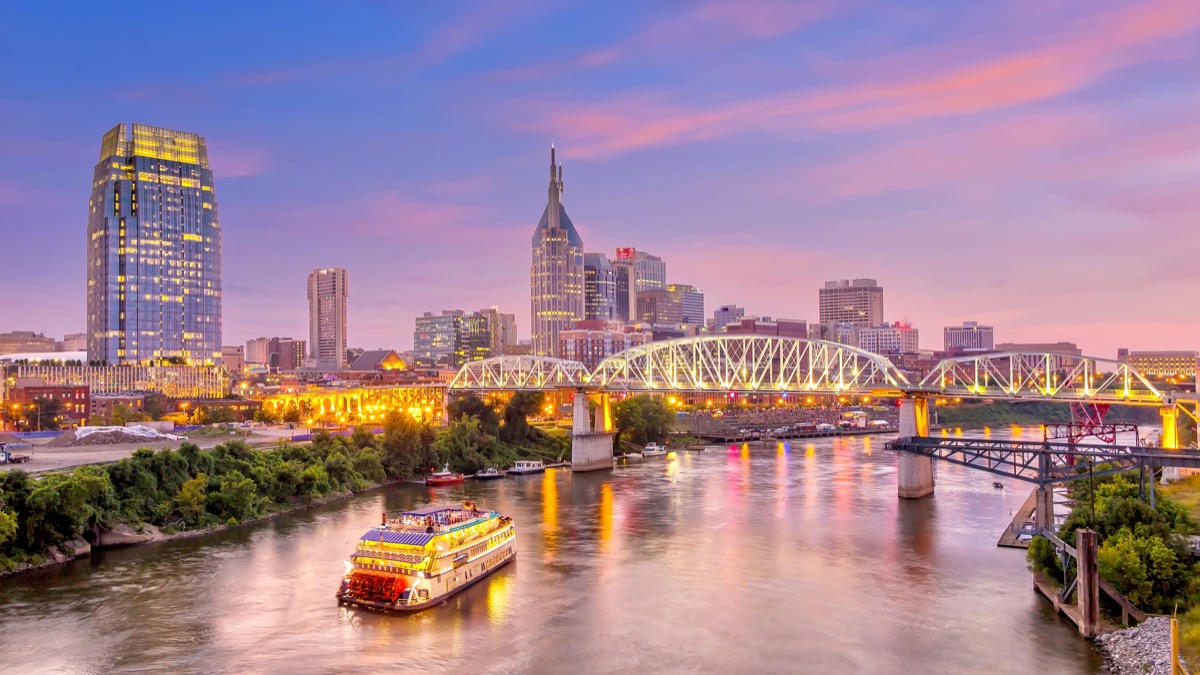

- New cases in the last seven days: 90 cases per 100,000 people
- Percent increase in the last seven days: 38 percent
As cases mount and hospital beds become scarce across the state, the Tennessee Department of Health announced on Aug. 23 that it had called in the Tennessee National Guard to help support overwhelmed hospitals. The state is also seeing a particularly sharp increase in pediatric cases, with nearly 1,400 cases a day being reported in school-aged children 5-18 years old, Tennessee Public Radio reports.
“As the cases go up, we only know this is going to multiply,” Shelley Ost, MD, a pediatrician at Le Bonheur Hospital in Memphis, told Tennessee Public Radio. “And there’s already nowhere for these patients to go because there’s just not capacity.”
RELATED: If You See This Inside Any Business Right Now, Leave Immediately, Experts Say.
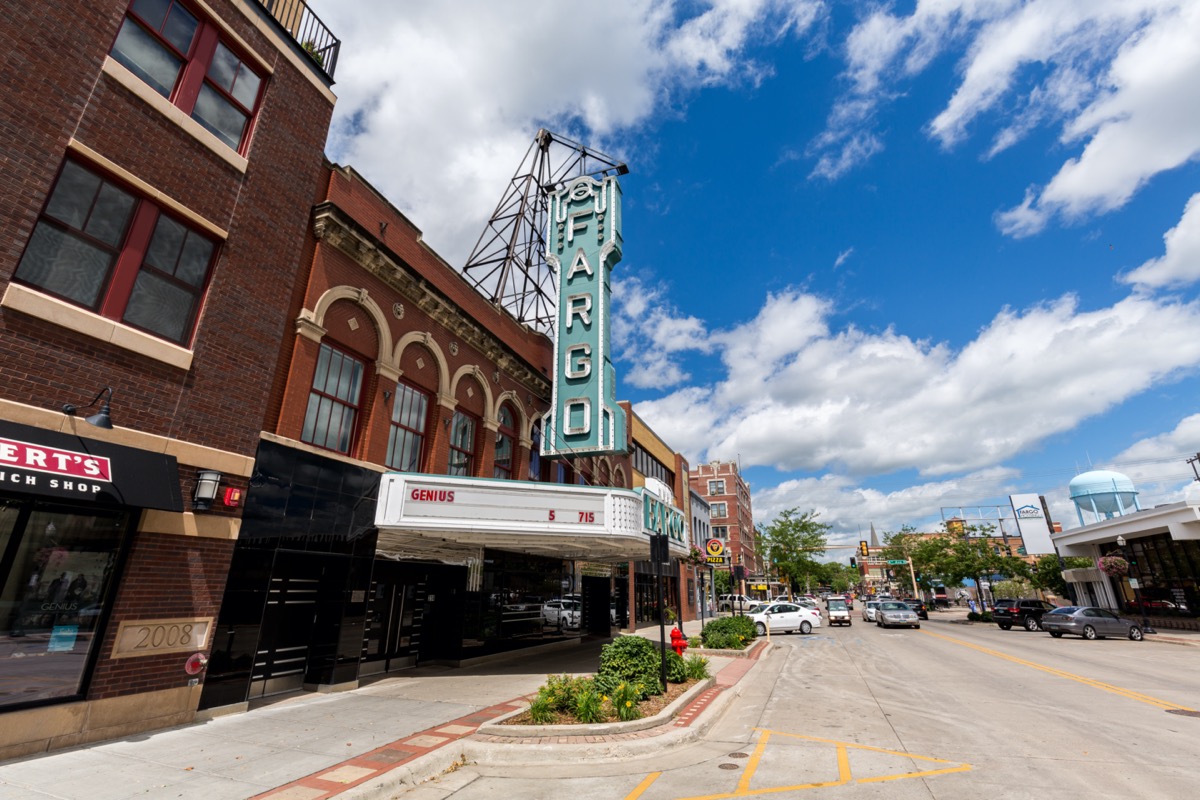

- New cases in the last seven days: 28 cases per 100,000 people
- Percent increase in the last seven days: 50 percent
During a press conference on Aug. 23, health officials in North Dakota announced that the state had seen active COVID infections increase fivefold over the past month and is currently experiencing the highest number of hospitalizations seen since January, the Grand Forks Herald reports. Molly Howell, State Immunization Program Manager for North Dakota, said that the Food & Drug Administration’s (FDA) formal approval of the Pfizer COVID-19 vaccine on Monday would hopefully convince more people in the state to get their doses.
“Over 360 million doses of COVID-19 vaccine have been given in the United States to date; 686,630 doses have been given in North Dakota alone,” she said during the press conference. “So I hope North Dakotans who are not yet vaccinated can now feel confident in the safety and effectiveness of the COVID-19 vaccines and choose to be vaccinated.”
For more helpful health news delivered straight to your inbox, sign up for our daily newsletter.
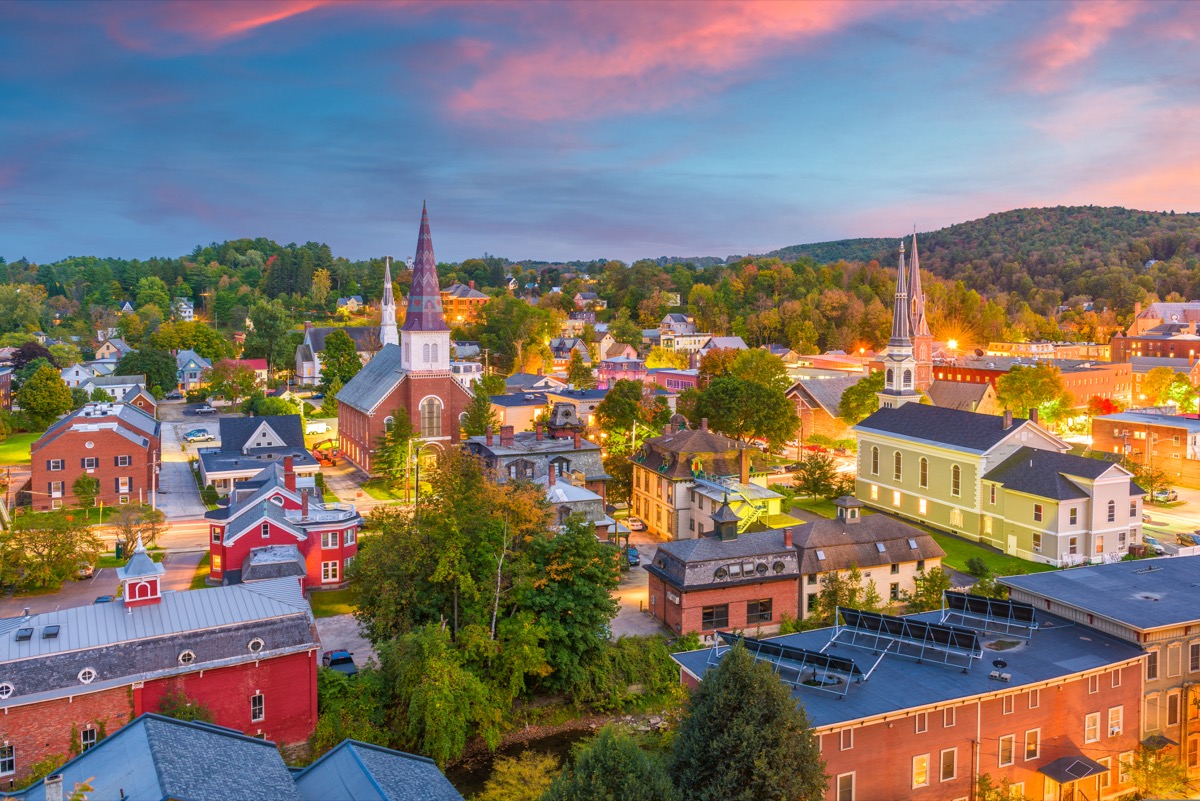

- New cases in the last seven days: 25 cases per 100,000 people
- Percent increase in the last seven days: 51 percent
Vermont currently holds the record for highest COVID vaccination rate in the country, with 85.2 percent of all residents aged 12 and older having received at least one dose as of Aug. 23, according to the Vermont Department of Health. But a spike in infections has caused alarm in the state, especially in pediatric cases. State officials announced that the seven-day rolling average hit 120 cases over the weekend, making it the highest recorded during the recent Delta surge, VTDigger reports.
RELATED: Don’t Eat Indoors If You Live Here—Even If You’re Vaccinated, Virus Expert Warns.
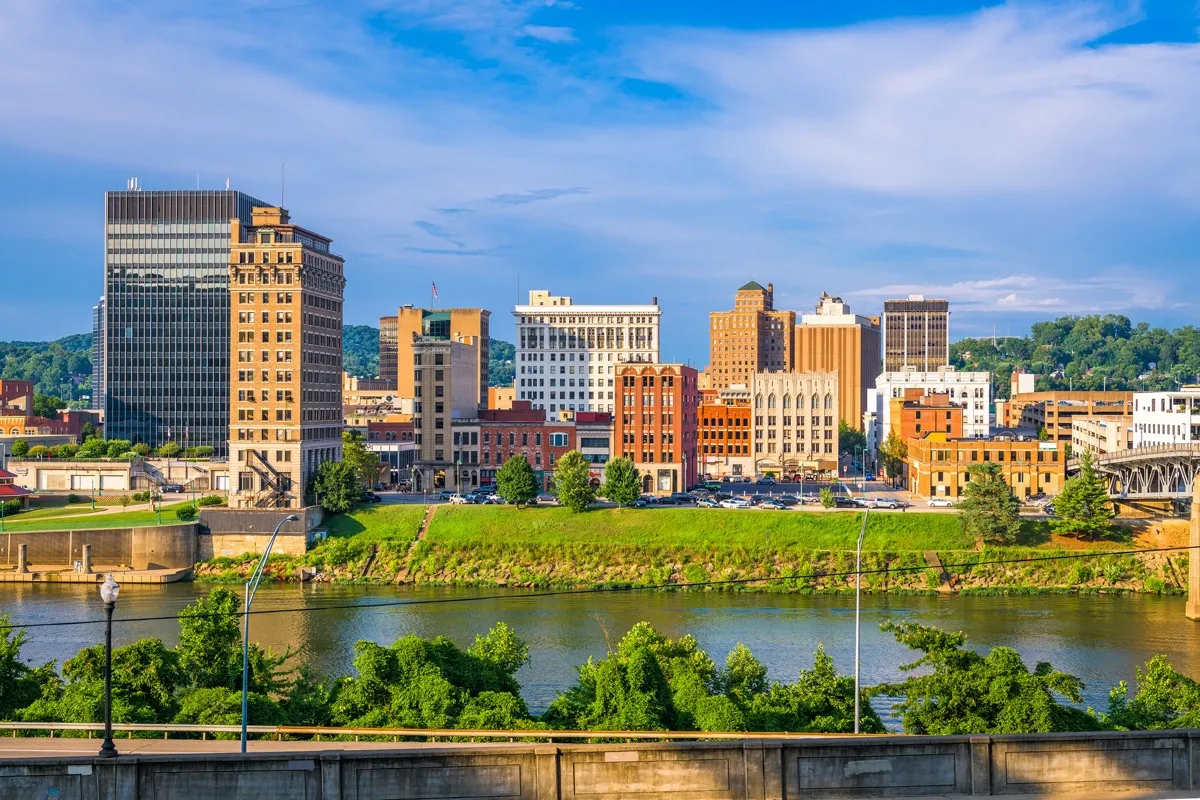

- New cases in the last seven days: 52 cases per 100,000 people
- Percent increase in the last seven days: 99 percent
State data released on Aug. 23 shows that West Virginia currently had 10,543 active COVID cases as infections rose across all counties. During a press conference that same day, West Virginia Gov. Jim Justice urged more citizens to get vaccinated, warning: “We’re on a pathway to the masks, we’re on a pathway to the virtual school in a lot of situations, we’re on a pathway to having a lot more people dying.”
Other top health officials emphasized the need for a revival of mask mandates in the midst of the surge. “We are very worried. We are starting to see the inflection point—a 10-times increase in the number of cases since the first week of July,” Clay Marsh, MD, vice president for health sciences at West Virginia University and the state’s COVID-19 czar, said during the briefing. “We know the time is now to be able to give any protective or lifesaving measures that we can possibly do for our residents.”